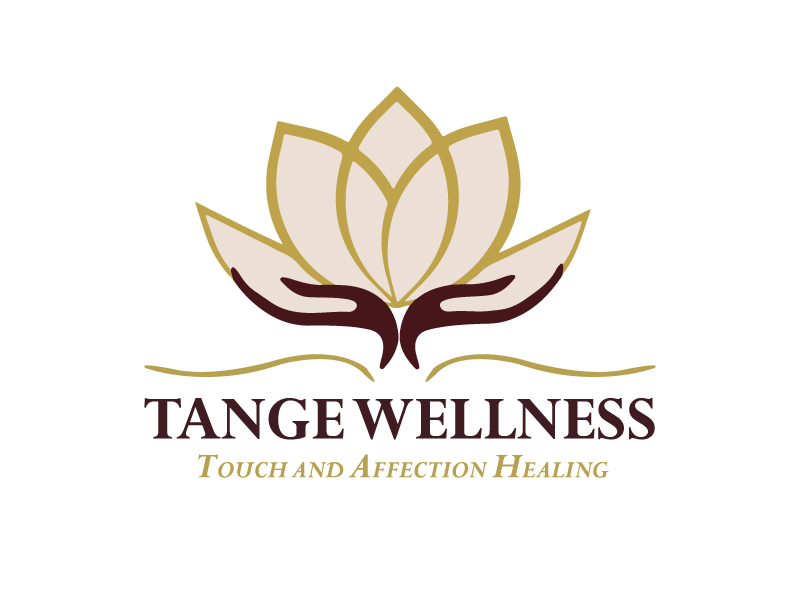Unlearning the Commodification of Self
There’s a moment in many of my bidirectional therapeutic touch and cuddle therapy sessions when something softens, a client pauses, breathes deeply, and says something to the effect of: “I’m just so tired of feeling like my body is never good enough.”
I get it. We live in a world that constantly tells us our bodies are projects, problems, or products. It’s no wonder so many of us feel disconnected or ashamed of the skin we’re in. Even me, I would love to get a tummy tuck, nose job or lipo. Why? Because I see pictures and videos telling me my body isn’t good enough, and thus, I’m not good enough.
We’ve been taught to see our bodies as commodities. What does that mean? Things to be assessed, optimized, displayed, hidden, and in the process, we lose touch with something essential: our own internal experience.
There’s a powerful framework we use in embodiment work that names this disconnect. It’s the difference between:
The Commodified Self
Thrust upon us by culture, media, marketing, and societal norms
Focused on how the body looks to others
Chosen out of habit or survival, not always with awareness
Feels external, rigid, and performative
Example: “How will I look in this?” “Will others think I’m attractive?”
The Internal Self
Arises from lived experience and personal sensation
Focused on how the body feels from the inside
Cultivated through presence, curiosity, and acceptance
Feels organic, fluid, and authentic
Example: “What does my body want right now?” “What feels good for me?”
So many of us are trapped in a loop of relating to our bodies through the commodified lens. We’ve been taught to see them as ornaments not instruments. However, our body is not a product. It’s a living, sensing, responsive home. It deserves more than performance. It deserves presence.
You don’t have to jump straight to loving your body. Sometimes that’s too big a leap. Body neutrality offers a middle path. It asks: What if I could simply respect my body for what it does, instead of judging it for how it looks?
That means:
Letting go of shame without forcing yourself into toxic positivity.
Choosing compassion over critique.
Living in your body, not performing with it.
In sessions, I often guide clients through gentle practices like breathwork, mirror work, or mindful touch to bring attention to sensation, not evaluation. That’s where healing starts.
A Practice for You: Mirror Work
Next time you pass by a mirror, pause and instead of checking for flaws, ask:
What do I notice right now in my body?
Can I soften my gaze?
Can I thank my body for anything it’s done today?
This may feel awkward or even emotional at first and that’s okay. It means you’re unlearning something and that means you’re feeling something and that is a sacred step.
Your body is not a product to be perfected. It’s a partner. A portal. A story. A sensor. A living, evolving record of your life.
You are allowed to relate to it with curiosity, not criticism.
You are allowed to feel awkward while unlearning old scripts.
You are allowed to come home to yourself, one breath, one touch, one moment at a time.




